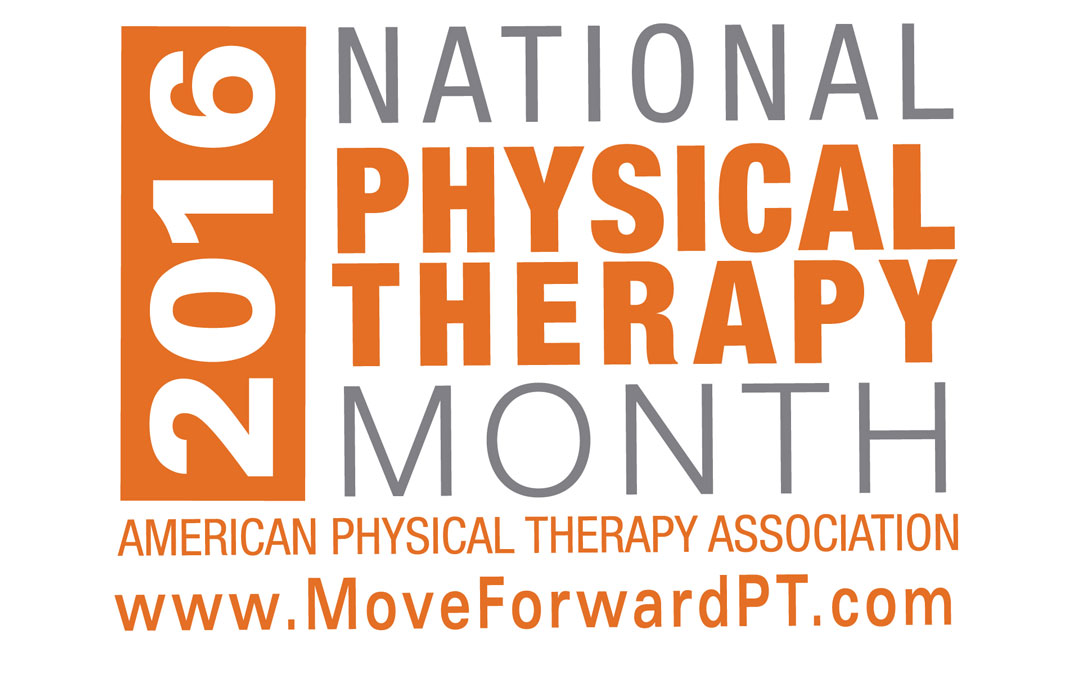October is our annual opportunity to recognize and celebrate the benefits of physical therapy (PT). Our patients understand the benefits of Outpatient PT, but there are actually many other areas of PT expertise. In fact, many people don’t know what PT truly is unless they’ve had direct experience.
What is the primary job of a physical therapist? Simply put, to improve quality of life. We treat people who have limitations in movement that affect the performance of daily activities. We diagnose and treat dysfunctions to restore, maintain and promote physical function. Some of our main goals are to increase the ability to move, reduce pain, restore tolerance for function, and prevent disability.
There are many different settings where physical therapists practice. Some of the most common include hospitals in acute and long term care, schools, home health, research centers, and of course, outpatient clinics. Within these settings, there are specialties therapists may choose to go into. Orthopedic, pediatric, geriatric, vestibular and women’s health specialists often work in an outpatient setting like Freedom. Geriatric, pediatric, cardiovascular, pulmonary and neurology focused therapists may also work in an outpatient or hospital setting with acute or long term patients. Research based therapists work in research facilities conducting clinical trials to further progress our evidence-based practice. In all of these settings and specialties, there is a similar goal of improving quality of life for patients.
What are all those letters after your physical therapist’s name? The profession has significantly grown in the past few decades, including the educational requirements. Starting as a bachelor’s degree, it switched to a masters requirement (MPT). In the early 1990s, the first Doctor of Physical Therapy (DPT) program was initiated. As of 2015, all accredited physical therapy programs produce doctoral level practitioners. The typical DPT program is 3 years, (7 total, with a 4 year undergrad degree) with classes in all of the different specialty areas mentioned above. Within those 3 years, most programs have approximately 30 weeks of clinical rotations in several areas of physical therapy. Beyond the doctoral degree, many therapists elect to participate in a specialty residency or continuing education leading to certification. Some of the more common you will see for outpatient physical therapists are SCS (sports certified specialist), OCS (orthopedic certified specialist), and CMTPT (certified manual trigger point therapist or dry needling).
What can physical therapy do for you this October? It’s the perfect time to get that nagging ache or pain taken care of before the winter sneaks up on us. Call Freedom Physical Therapy Services for a free consultation for you or a loved one!

